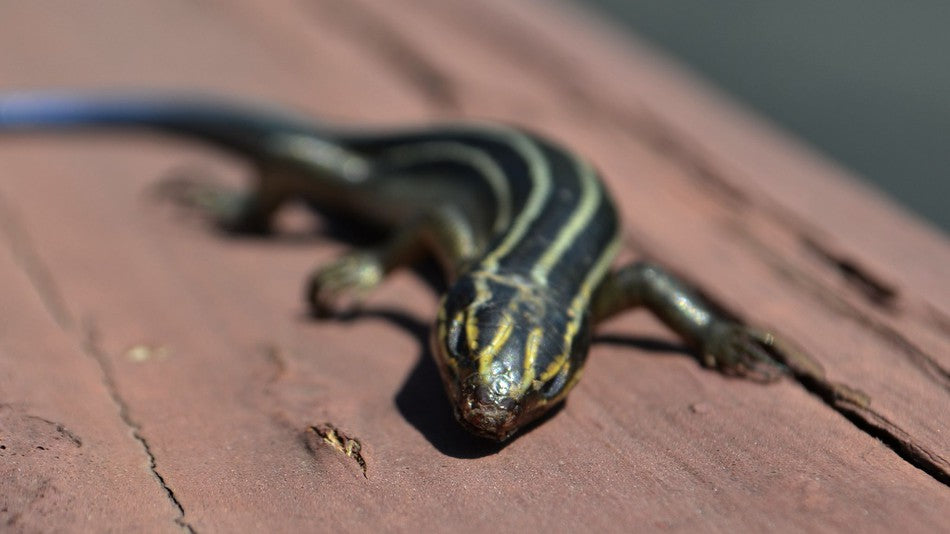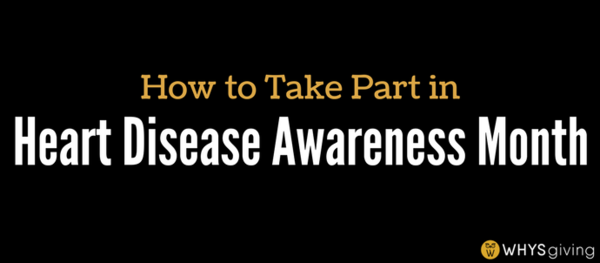February is a short month packed full of important thematic observances. From Black History Month to Heart Disease Awareness Month to Presidents Day, there is no shortage conversation and discourse around such significant topics.
However, perhaps because of these factors, many people do not know that February is also Endangered Animals Month.

And if you are like me, you probably only have a vague understanding of what endangered animals actually are, what that term entails, and why it is important.
So, today, we are going to spark a conversation that gets much less air time in the month of February. We are going to ask some fairly basic questions, but dive deep into the answers. Questions such as, “What are endangered animals?”, “How do animals become endangered?”, and “Why does this even matter at all?”.
After building a strong foundation of knowledge about endangered animals, you may find yourself caring deeply about the cause. We will provide a few conversation starters that you can use with friends and family during the month of February. And we will recommend a few organizations that are doing incredible work in the field of endangered animals.
But first, let’s start with the basics.
What Are Endangered Animals?
According to the National Geographic Society, “An endangered species is a type of organism that is threatened by extinction.” Every year, the Union for Conservation of Nature (IUCN) compiles a thorough list of endangered animals.
Endangered animals include the Asian Elephant, Bengal Tiger, Blue Whale, Bluefin Tuna, Chimpanzee, Ganges River Dolphin, and Red Panda.
There are also lists for animals that are “Least Concern”, “Near Threatened”, “Vulnerable”, “Critically Endangered”, “Extinct in the Wild”, and “Extinct”.
Some animals that are critically endangered include the Black Rhino, Malayan Tiger, Orangutan, and Hawksbill Turtle. Some animals that are vulnerable to becoming endangered include the Giant Panda and the Polar Bear.
When animals are deemed “Critically Endangered”, they are species that have been categorized by the IUCN as, “Facing high risk of extinction in the wild”. It is the highest risk category that exists from the IUCN.
According to Craig Hilton Taylor, head of the Red List Unit of the Global Species Programme at the IUCN, “The IUCN red list tells us how close to extinction species are. It is a fairly coarse measure [but] we have a set of quantitative criteria that we try to rank species under, and if a species moves into one of the threatened categories — vulnerable, endangered, or critically endangered — then we know that a species either has a high, very high, or an extremely high risk of going extinct in the wild unless we do something about it.”
Every year, some species of animals go extinct. In 2017, the Christmas Island Pipistrelle (an Australian bat), the Lister’s Gecko, the Bluetailed Skink, the Christmas Island Forest Skink, the Beaverpond Marstonia, and the Fishing Cat all were pronounced extinct.

How Do Animals Become Endangered?
There are two main causes for endangered species: loss of habitat and loss of genetic variation.
Loss of Habitat
A loss of habitat can either happen naturally or it can happen as a result of human activity and development.
Like dinosaurs lost their habitat nearly 65 million year ago due to an asteroid hitting the earth and a change of climate on the Earth’s surface, animals can become extinct from natural occurrences.
However, today, many animals become endangered or extinct due to human activity. Development of agriculture, housing and industry can eliminate or reduce a species’ natural habitat.

For instance, in the Amazon rain forest of South America, human developers have cleared hundreds of thousands of acres of natural habitat by removing all the trees and vegetation from it in order to make room for cattle ranches, logging and urban developments.
Loss of Genetic Variation
The larger the population of a species, the greater it’s genetic variation. This is the very reason why humans have blond, brown, black or red hair.
According to National Geographic, “Inbreeding is reproduction with close family members. Groups of species that have a tendency to inbreed usually have little genetic variation, because no new genetic information is introduced to the group. Disease is much more common, and much more deadly, among inbred groups. Inbred species do not have the genetic variation to develop resistance to the disease. For this reason, fewer offspring of inbred groups survive to maturity.”
Because of this, some species are endangered due to naturally occurring low levels of genetic variation. For example, cheetahs have very little genetic variation and, therefore, are a threatened species. They cannot adapt to changes in environment as quickly as species with greater genetic variation.
However, this low level of genetic variation can also be caused by human activity. Overhunting and overfishing reduce the population of certain species of animals. Therefore, fewer mature members of the species (or breeding pairs) exist and the pool of genetic variation shrinks.
Why Do Endangered Animals Matter?
A study in 2015 found that the extinction rate has increased a hundredfold over the last century—mainly due to human causes.
But the questions remains: So what? Why does it matter?
The short answer is: to preserve the ecosystem.
The food we eat, the air we breathe, the water we drink all depend on a delicate ecosystem. Even seemingly menial species like photosynthetic plankton in the sea have a huge impact on our quality of life.
It also has a drastic affect on our economy. A study in 2010 found that “unchecked species loss would wipe 18% off global economic output by 2050.”
When one network of species dies, it affects dozens of other species, which often includes the human species. And many of the effects are unknowable until it’s too late to reverse them.
In order to ensure the longevity of the planet, the human species, and the species of all living animals, it is important that we protect a ecosystem that is as rich and diverse as possible.
What Can We Do to Help?
Now that you have answers to the questions above, you may want to know what you can do to help!

We recommend two simple, basic actions that can collectively make a big difference. First, spread awareness about the issue. Talk to family and friends about endangered animals.
This month, start conversations by asking, “Did you know that February is Endangered Animals month?” or “Did you know every year some species become extinct?”
Engage with others over social media too! Share posts from reliable sources such as the Wildlife Conservation Society or WWF and inform others about the severity of this issue.
Secondly, you can donate to an organization that is working to save endangered species. Based on rankings from Charity Navigator, we recommend the Wildlife Conservation Society, the African Wildlife Foundation or the Animal Welfare Institute. But do your own research, find a organization aligned with your goals and make a difference in the lives of animals on the endangered species list.

